Decolonization in action: Hezbollah forces thousands of Israeli settlers to flee
By Shabbir Rizvi
“If the enemy thinks of waging a war on Lebanon, we will fight without restraint, without rules, without limits, and without restrictions.”
These are the words of Sayyed Hassan Nasrallah, General Secretary of the Hezbollah resistance movement.
Since the launch of Palestinian resistance operation Al Aqsa Storm (or Al Aqsa Flood) against the Israeli occupation, the Lebanese Islamic resistance group has been unfailingly raining down rockets and anti-tank missiles on Israeli targets in the occupied north, destroying critical military infrastructure and forcing thousands of illegal settlers to run for cover.
In fact, the Lebanese resistance group marked its impressive 1000th operation early in February by targeting an Israeli occupation force training camp in the occupied Golan Heights with 30 rockets.
Hezbollah is often able to carry out multiple critical operations in a single day, for example executing 13 different rocket attacks across the occupied northern regions in a matter of a few hours.
In response, the Tel-Aviv regime has resorted to bombing civilian infrastructure in southern Lebanon and using cowardly drone operations to assassinate Hezbollah commanders.
However, despite the outcry from northern settlers who are now displaced, the occupation regime has refused to go to war against Hezbollah, though threatening several times to do so since October.
The threats and assassinations have not deterred Hezbollah. Almost daily, the resistance group posts videos of missiles striking sensitive Israeli military surveillance sites, training barracks and other outposts.
The successful resistance operations have forced the Tel Aviv regime to admit a full-scale evacuation of the northern occupied area and concede that a military zone is being established where settlers once lived and worked.
Hezbollah says to expand war front if Israel escalates aggression against Lebanon, Gaza#GazaGenocidehttps://t.co/gqTx6LiJL8
— Press TV 🔻 (@PressTV) February 13, 2024
Fleeing settlers
Tens of thousands of settlers from the north are reckoning with a grim reality: the land they stole cannot be protected by those who promised them protection. Hezbollah’s intervention and military solidarity with the Palestinian cause have challenged the very security - and future - of all northern settlements.
Five months into being bombed nearly daily, the Zionist occupation has yet to inflict any substantial damage on Hezbollah. Resistance rockets continue to hit critical military infrastructure as the security zone expands deeper into occupied Palestine, forcing more settlers to flee.
Zionist NGO founder Aviva Klompas took to social media platform X on February 25, writing: “60,000 Israelis living in northern Israel will be told that they can't return home before July at the earliest because Hezbollah is now firing rockets every day and agitating for war.”
The admission was stunning: typical Zionist strategy is always to downplay the reality of resistance. This is partially true for this admission: 60k settlers gone is an extremely conservative figure.
One report estimated that the number of evacuated settlers was 70,000 shortly after the launch of the unprecedented resistance operation on October 7. Reuters, meanwhile, confirms that 96,000 have evacuated from the northern border as of mid-January.
The statement from Klompas also underscores the growing frustration with the Tel Aviv regime’s incapability to stop Hezbollah.
Military zones have now been established between southern Lebanon and northern occupied Palestine border, where the Israeli military is not allowing settlers to return to their own homes and businesses.
Israeli media outlet “Haaretz” concedes that 14 entire communities have been evacuated in order to give the regime’s army room to operate.
As the Zionist regime historically downplays its losses, it is fair to assume that at least 100,000 settlers have fled the northern region alone.
The trajectory of the resistance operations and their frequency indicates that the Zionist occupation will have no choice but to keep expanding the security zone. So much so that Avigdor Lieberman, former military affairs minister of Israel, admits that “the war cabinet lost the north.”
There is no plan to return the settlers to the occupied region, as thousands live in hotels or have fled. On social media, many have expressed a wish not to return at all.
Economic uncertainty
The northern occupied lands are primarily agricultural, along with tourist spots and tight communities with small businesses.
Thus, the sudden, unexpected and unprepared population drop has shocked the economy.
In November, the Bank of Israel estimated that the absence at work of 144,000 evacuated settlers, about 40 percent of whom fled the north, “had cost Israel's economy about 590 million shekels, or $158 million, each week.”
Hezbollah’s decolonial resistance isn’t just destroying Zionist targets and forcing settlers to flee, it is ravaging the Zionist economy.
Entire businesses, farms, and even wineries have been abandoned. Some figures estimate that as many as thousands of businesses are closed. On the agricultural front, products that take precious months to nurture and develop will now grow stale and rot.
With regard to commodity production, small-time to large-scale factories that produce goods are out of commission. These products first and foremost serve the domestic economy - therefore forcing the Zionist regime to rely more on imported goods, which cost significantly more.
Take this into consideration as Yemen enforces a crippling and very effective blockade in the Red Sea and has successfully shut down Israel’s third busiest port - the port of Eilat.
Spending is also at an all-time low, with credit card usage below 70 percent of the norm.
Abandoned houses, stores, and other infrastructure are used by Zionist forces as the security zone expands - only to become military targets for Hezbollah to destroy.
Many settlers will have nothing to come back to - should they be foolish enough to return.
What is more humiliating for Israel is how effective Hezbollah is at draining their pockets. For example, a single Katyusha rocket costs $300 whereas a single interceptor from Israel’s “Iron Dome” can cost up to $20,000 on a conservative estimate, and $100,000 on a more liberal one.
A volley of Katyusha rockets, which isn’t even Hezbollah’s intermediate advanced rocket, depletes the Iron Dome to the tune of millions of dollars per week.
All while Hezbollah often uses Katyusha rockets as a “cannon fodder” rocket for cover - and sneaks in guided missiles such as the mighty Burkan to destroy its intended target.
Anti-Hezbollah rhetoric
— Press TV 🔻 (@PressTV) February 29, 2024
This week on 'Exposé', Western broadcast media inaccurately assert that Zionist warplanes targeted Hezbollah weapons depots in southern Lebanon, whereas they actually struck residential areas.https://t.co/undV8PvXsX
Political catastrophe
Since Hezbollah’s resistance began, Zionist officials have made a point to focus solely on the aggression on Gaza, despite the deteriorating situation for them on the Lebanese border.
The success of Hamas’ October 7 operation has permanently defaced Israeli society, and Netanyahu’s regime cannot enjoy support and legitimacy from the settler population if they do not deliver a military victory. Five months into the aggression, they have failed to meet their objective of destroying Hamas.
However, Hezbollah is a completely different variable. Hezbollah’s resistance is a direct challenge to Zionist aggression against Palestinians - so if Zionists pursue their genocidal goals in Gaza, they will be met with resistance from the Lebanese south.
If the Tel Aviv regime pursues offensive measures against Hezbollah, the political and military scenario would be a completely different equation - the Zionist regime needs American backing, politically and financially, for all-out war.
Zionist outlet “Jewish News Syndicate” hosted a webinar with Israeli military commander Lt. Col. Sarit Zehavi. The webinar, titled “The Uncertain Fate of Israel’s Northern Border,” covered the ineffectiveness of Israel to deter Hezbollah politically and militarily, and how critical the situation is for the Tel Aviv regime.
Zehavi begged the question “How much support will we get from the United States” in a hypothetical scenario where Israel declares war on Lebanon. The United States, despite being the main financier and political backer of the Gaza genocide, has publically disapproved of any support for a war against Lebanon or Hezbollah, warning of the dangers of a regional spillover of war.
Because of this, the Zionist military officer criticized the US – suggesting that the US refusal to back Israel in this scenario is a sign of its global hegemony deteriorating - and that this sends a message to its rivals such as Iran, Russia, and China.
Earlier this week, White House National Security Communications Advisor John Kirby told reporters they are going to “continue our conversations with our Israeli counterparts, continue our conversations with Lebanese counterparts as well, about not letting the tensions up there [the northern occupied border] boil over to the point where it truly does deepen and widen the conflict in a way that could alleviate any kind of pressure on Hamas.”
The grim reality for the Israeli regime is that Hezbollah has not been deterred even for a second and that its promise from day one to the people of Gaza has not been broken.
Shortly after Kirby’s statement, missile sirens rang throughout “Shlomi” in northern occupied Palestine, where Hezbollah has struck several targets in the past five months.
All the Zionist regime must do to stop the rockets from raining down on settlements is cease its aggression on Gaza and allow for humanitarian aid to come in.
However, even if they go through with this, it does not erase a concrete reality: Israel has simply failed to deter Hezbollah - and only more settlers will flee based on the current trajectory of escalation.
Shabbir Rizvi is a Chicago-based political analyst with a focus on US internal security and foreign policy.
(The views expressed in this article do not necessarily reflect those of Press TV)
Explainer: What makes Iran's Rezvan and Raad loitering munitions prized assets?
VIDEO | Unseen agony: Missing loved ones of genocide in Gaza
Iran cuts gold import tariff to zero
Pezeshkian: Iran determined to develop, boost ties with neighbors
VIDEO | Israel, Hamas ceasefire agreement: Closer than ever
VIDEO | Gaza ceasefire to be put in place under resistance conditions
Hot water and sewage: Palestinians share harrowing tales of torture in Israeli prisons
VIDEO | Thousands evacuated in Ethiopia amid earthquakes, volcanic eruption fears


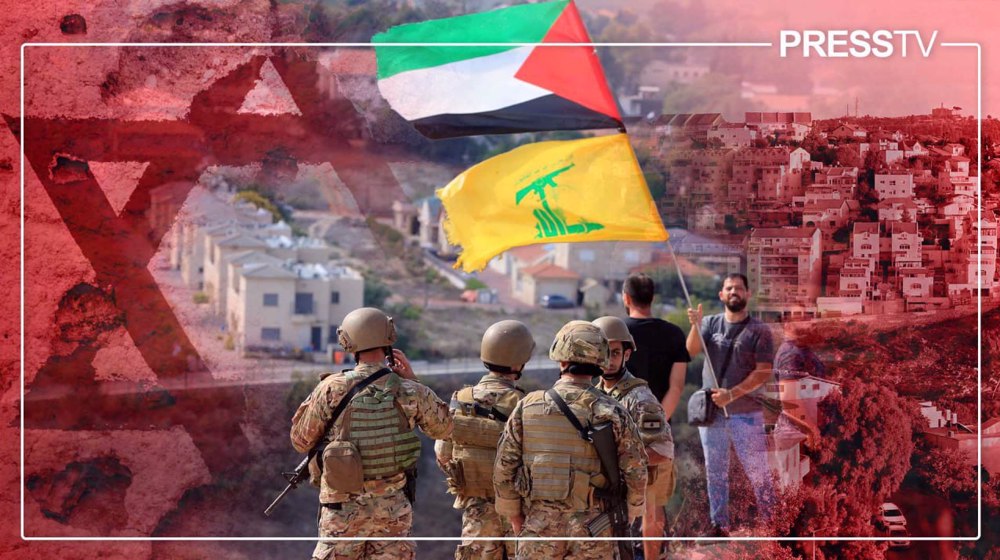
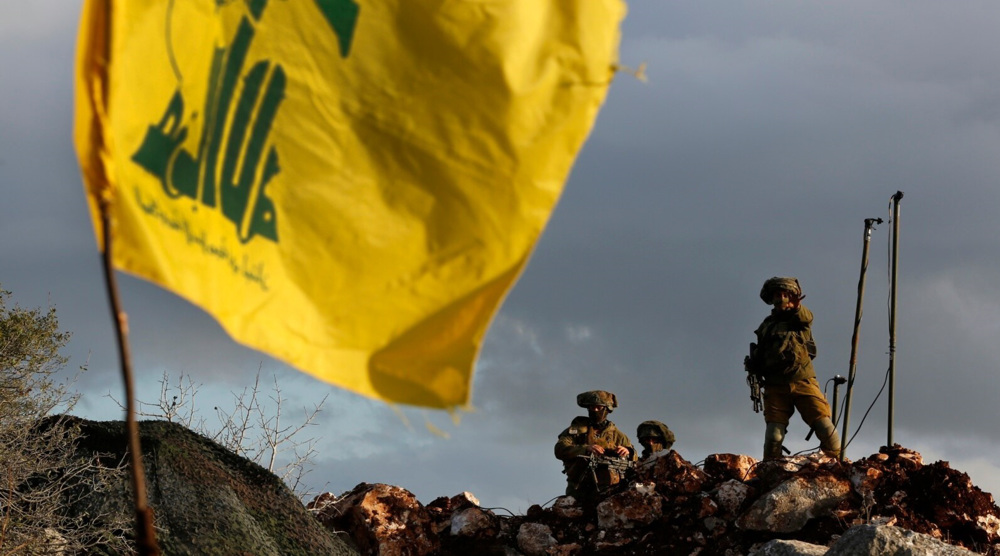
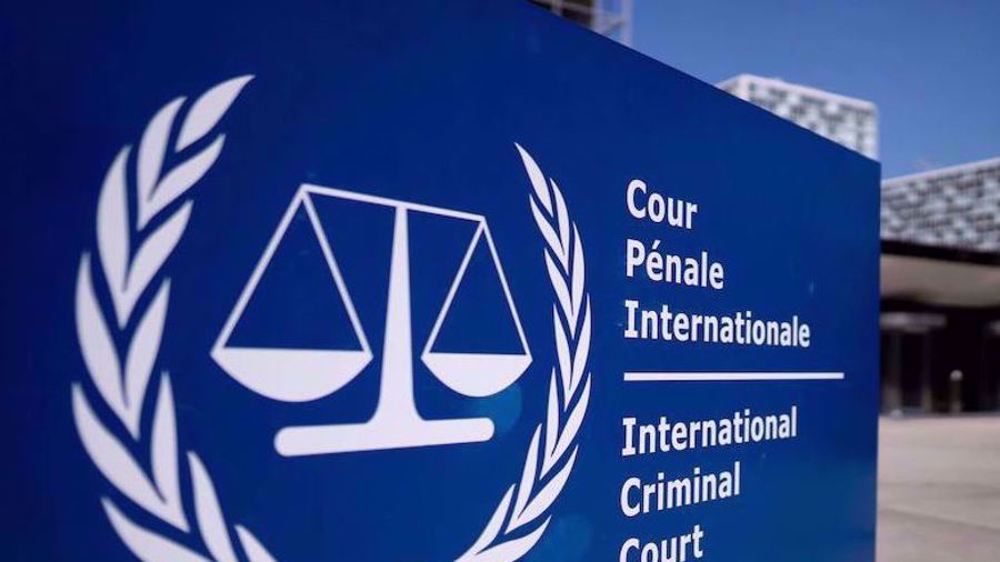
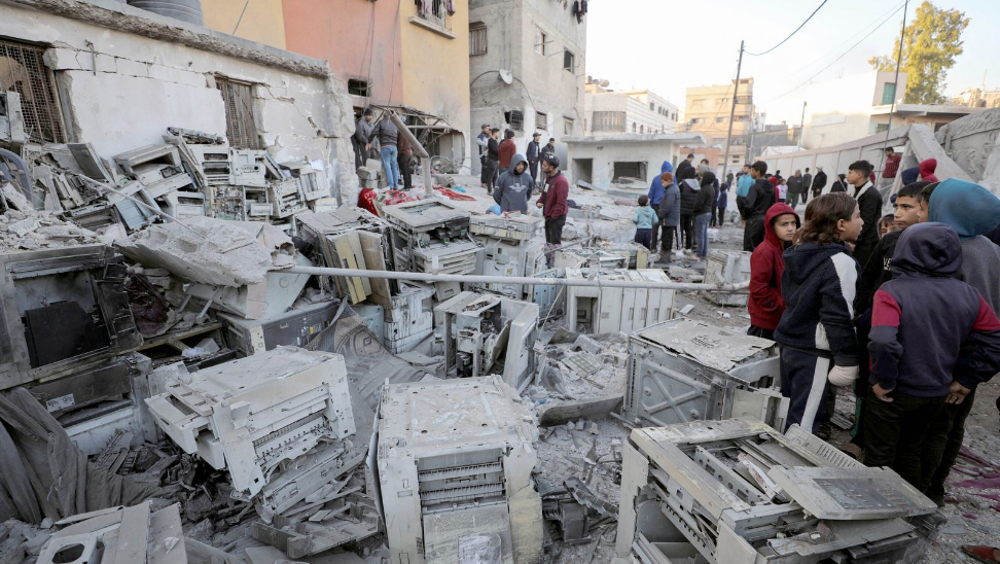
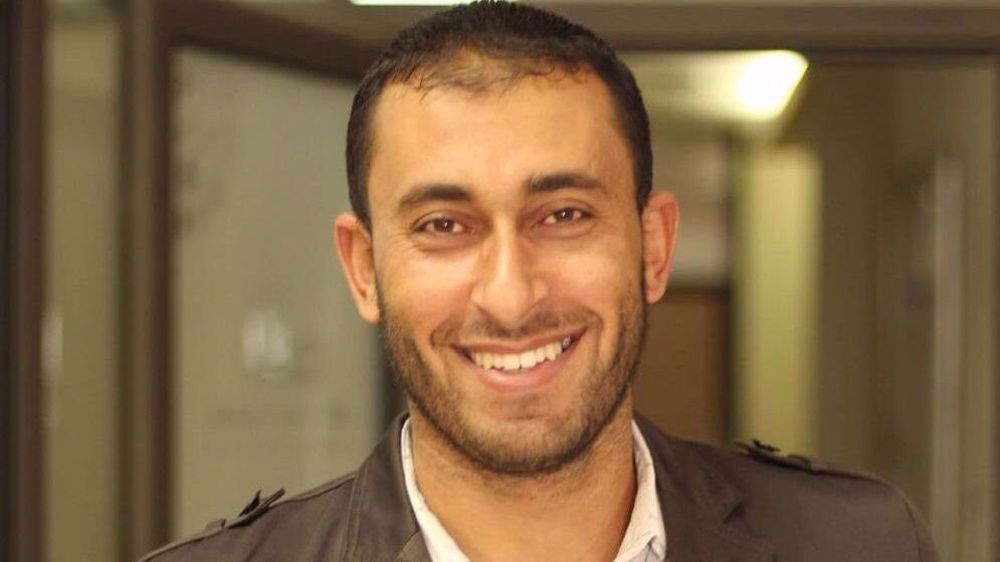



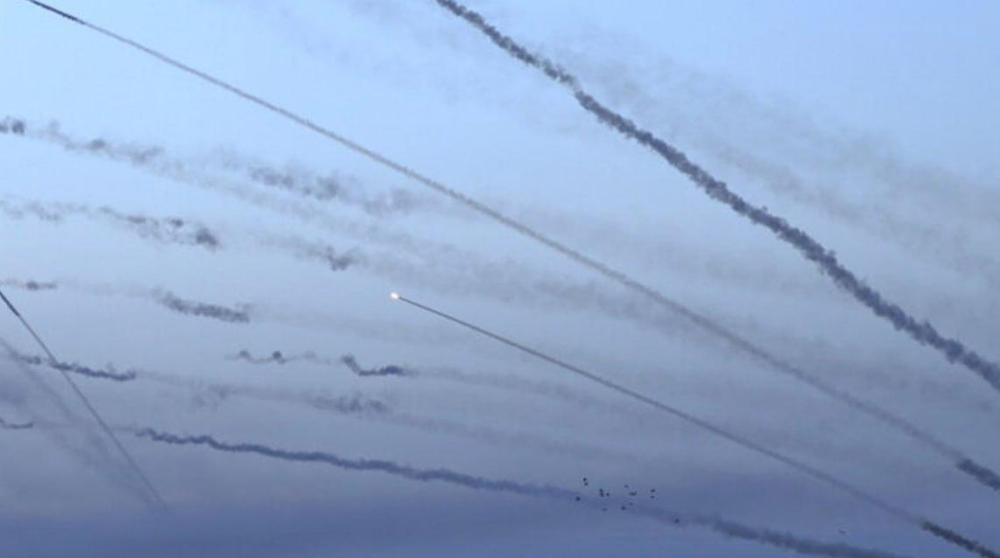
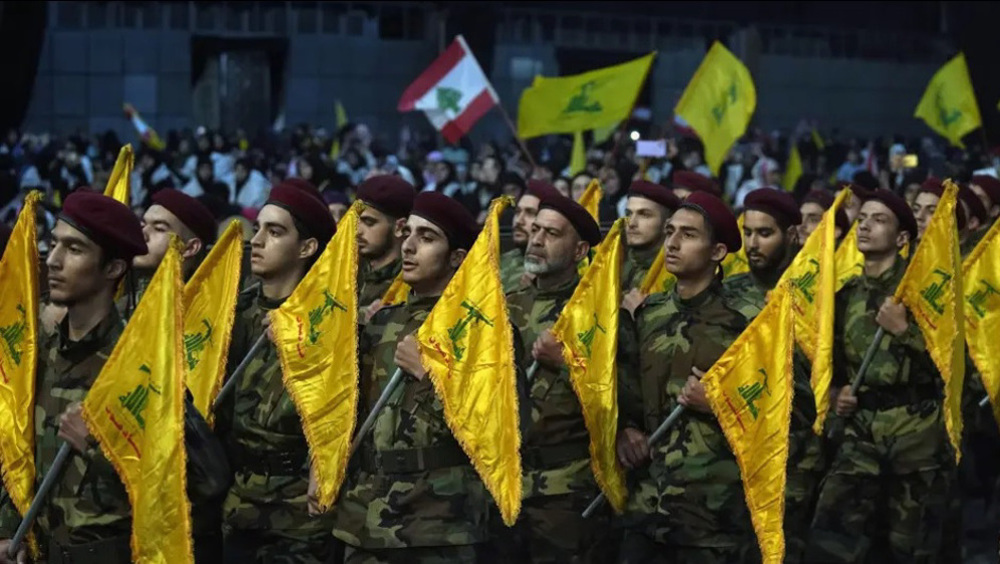
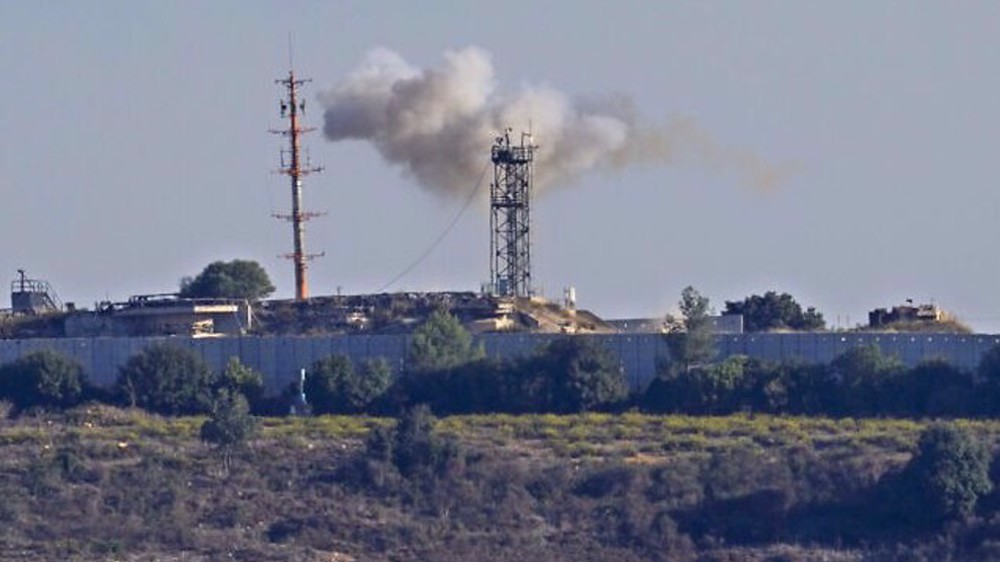
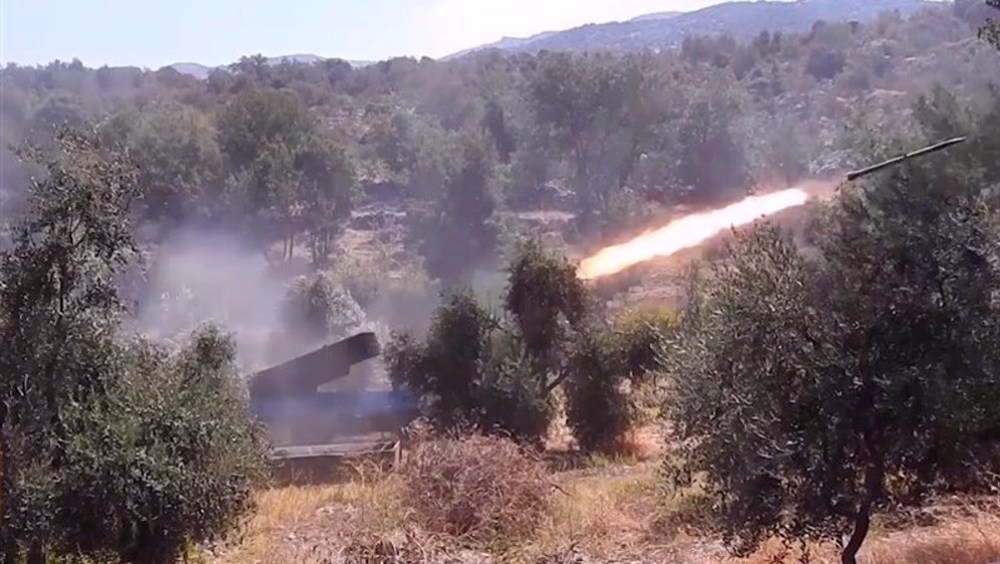
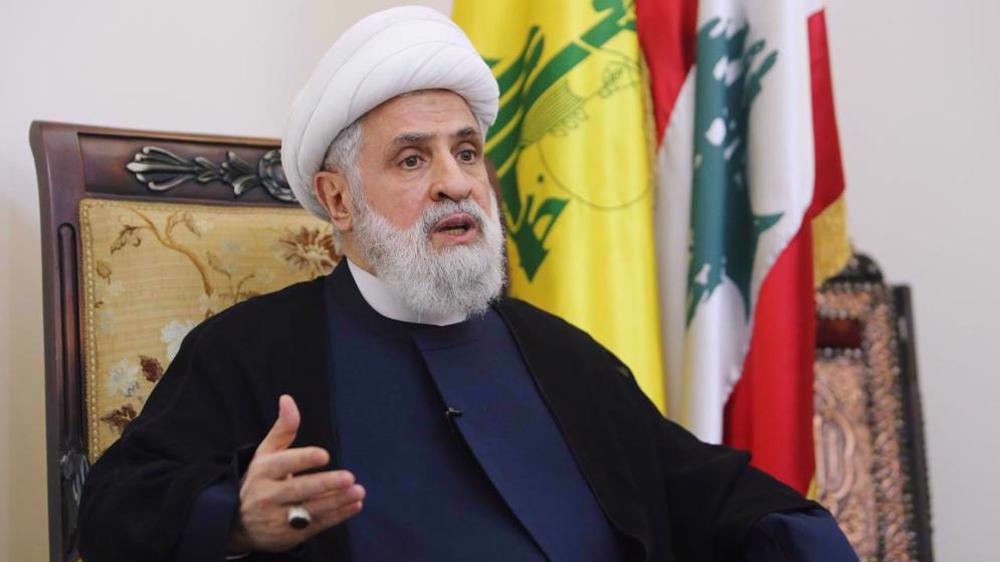

 This makes it easy to access the Press TV website
This makes it easy to access the Press TV website